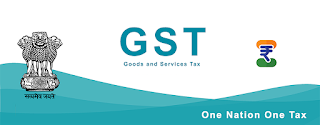Short Blog on GST
The Goods and Services Tax (GST) is a comprehensive indirect tax that is levied on the supply of goods and services in India. It was introduced in 2017 as a replacement for a number of indirect taxes that were previously levied by the central and state governments.
GST is a destination-based tax,
which means that it is imposed on the consumption of goods and services rather
than on their production or sale. It is structured as a multi-stage tax, with
tax being collected at each stage of the supply chain, from the manufacturer to
the retailer. The final consumer bears the GST, but is also able to claim input
tax credits for the GST paid on inputs and input services.
GST is administered by the GST
Council, which is composed of representatives from the central and state
governments. The GST Council is responsible for making decisions about the GST
rate, the rules and procedures for GST compliance, and other matters related to
the GST.
There are four main GST rates in
India: 5%, 12%, 18%, and 28%. These rates are applied to different goods and
services depending on their nature and use. There are also some goods and
services that are exempt from GST or are subject to a reduced rate.
GST has had a significant impact on businesses in India since its introduction. It has simplified the indirect tax system by replacing a number of different taxes with a single tax, and it has also helped to reduce the cascading effect of taxes on the cost of goods and services. However, it has also required businesses to adapt to a new tax system and to comply with new reporting and compliance obligations.


Comments
Post a Comment